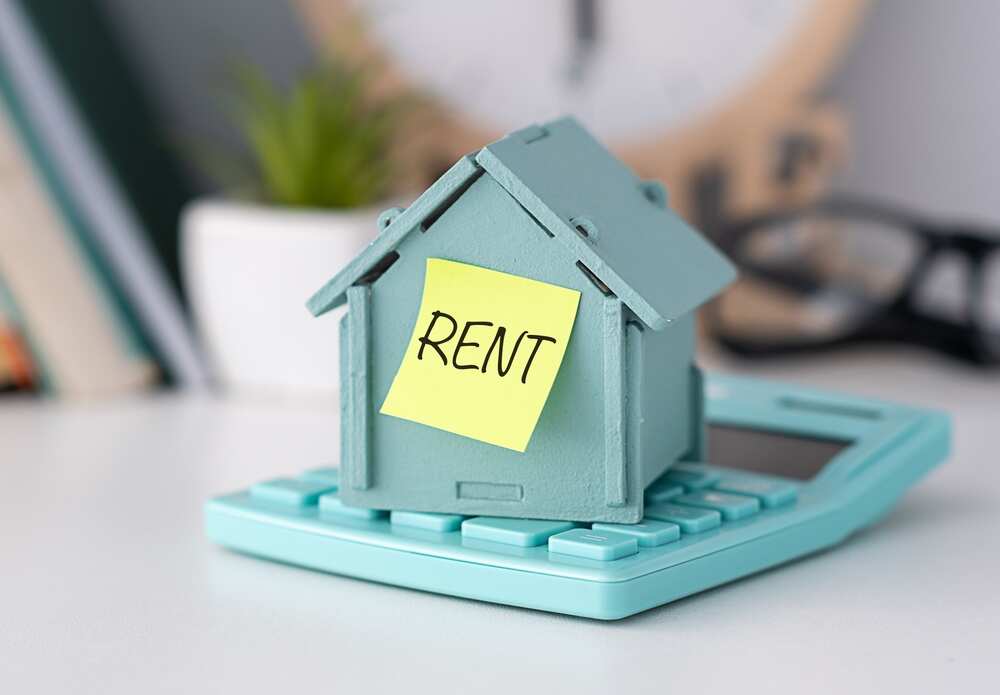Built-to-Rent Communities Offer Little Hope as Housing Crisis Worsens

Rents across the United States continue to rise, leaving many wondering when relief will come. According to data from real estate firm Redfin, the median asking rent increased by 0.6% in September, hitting $1,634. For those of us keeping track, that’s right in line with where rent prices have been stuck for two years—hovering between $1,599 and $1,663. However, if you’ve been renting long enough to remember the days before 2020, you know rents have skyrocketed more than 20% since then. So much for the “affordability” real estate agents keep talking about.
The frustrating part is, while wages have been going up about 4% every year, rents haven’t exactly stayed in sync with those increases. The end result? A lot of people are feeling squeezed, paying higher rents and not seeing their paychecksstretch as far as they once did. Redfin’s economist, Sheharyar Bokhari, chimed in to point out that the rental market isn’t a one-size-fits-all situation. Depending on where you live, your rent could be going up—or down.
For example, folks in Washington, D.C., saw rents jump 12% over the past year, which is hardly pocket change. Other cities, like Virginia Beach, Cleveland, and Chicago, are also seeing steep rent hikes. Meanwhile, in places like Jacksonville, Florida, and Raleigh, North Carolina, rents have actually dropped. Why? It all comes down to housing supply. In cities where construction has been booming, especially in the Sun Belt, more available units mean prices are starting to cool off. But on the East Coast and in the Midwest, where building activity has slowed, prices continue to climb.
Zillow, another major real estate player, confirmed the trend. In a recent report, they noted that while rent growth is slowing, landlords are pushing more incentives to get tenants in the door. You might see more move-in specials or reduced security deposits, but don’t hold your breath for rents to plummet. As more new units hit the market, prices may ease a bit, but the affordability issue won’t disappear overnight. The shortage of new housing starts suggests that these rental breaks won’t last long.
The Biden administration is taking notice of the strain renters are under and pushing Congress to do something about it. They’ve proposed rent control measures that would cap rent hikes for corporate landlords who own more than 50 units. Under the plan, landlords would only be allowed to raise rents by a maximum of 5% each year, and only those who comply would get favorable tax treatment. This policy could potentially impact more than 20 million rental units across the country.
While the idea might sound like a relief to renters, not everyone is on board. The National Association of Realtors (NAR) has slammed the proposal, calling it an infringement on private property rights. Their argument? Rent control might sound good in theory, but in practice, it can discourage developers from building new units—just when the country needs more housing. In fact, Carl Harris, the chairman of the National Association of Home Builders, pointed out that the U.S. is already facing a shortfall of 1.5 million housing units. Fewer new builds could make the problem even worse.
Interestingly, one solution gaining popularity is the rise of built-to-rent communities. These developments, originally born out of the Great Recession, offer a different path to home living—without the commitment of homeownership. Typically located in places like Phoenix, Dallas, and Atlanta, these single-family homes are designed specifically for renters. They’re a middle ground for people who want the space and comfort of a house but aren’t ready—or able—to buy.
Take Richard Belote, a Texas resident who rents a home about 90 minutes outside of Houston. He and his fiancée would love to buy, but interest rates are just too high right now. So, for the time being, renting is their best option. And they’re not alone. According to a CNN poll, a whopping 86% of renters say they can’t afford to buy a home. Even more alarming, 54% say they don’t believe they’ll ever be able to. That’s not to say the dream of homeownership is dead; 81% of renters still aspire to own a home someday. But for now, many are content to rent, hoping for a break in the market.
Built-to-rent homes, like the ones in Richard’s community, offer the convenience of home living without the financial burden. You get a backyard, more space, and the peace of mind that comes from knowing maintenance and repairs are someone else’s problem. It’s a popular option for renters like Cassie Wilson, who enjoys the flexibility and convenience of renting a house in Phoenix. She’s happy to rent for now, while still keeping an eye on the housing market for future opportunities.
Despite their growing popularity, built-to-rent homes still only made up 7.9% of new residential construction last year. It’s a small, but significant, portion of the housing market, especially in areas where housing shortages are most pronounced. And while these communities may not single-handedly solve the affordability crisis, they’re certainly providing a new option for people priced out of traditional homeownership.






